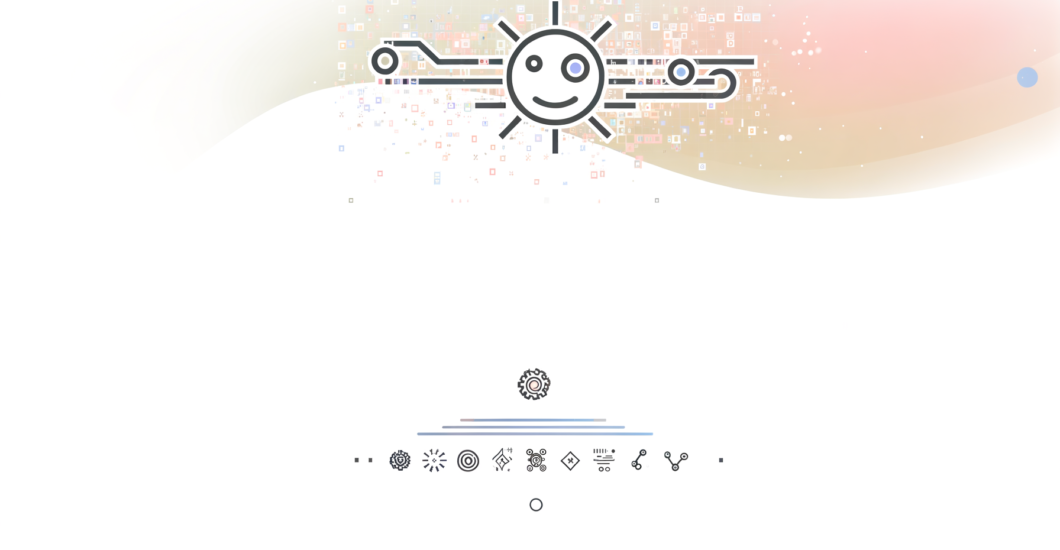How to Automate Workflows with Agentic AI Systems
In today’s fast-paced business environment, the relentless quest for efficiency demands innovative solutions. Enter agentic AI systems—a game-changer designed to automate workflows, streamline processes, and reduce human error. But what does that really mean for your organization? Imagine a workplace where mundane tasks are handled seamlessly by intelligent agents, freeing up human talent to focus on strategic initiatives. In this article, we will explore how these systems can transform your operations, enhance productivity, and ultimately drive your business success. From understanding what agentic AI is to implementing it in your workflows, we’ll provide you with a comprehensive roadmap to harnessing the power of automation.
Understanding Agentic AI Systems
To appreciate their full potential, we first need to clarify what agentic AI systems entail. These AI frameworks are designed to operate autonomously within defined parameters, making decisions based on data inputs and learned experiences. Unlike traditional automation, which relies heavily on fixed rules, agentic AI can adapt and improve over time. This adaptability is crucial across various industries—be it healthcare, finance, or marketing—where it can help eliminate bottlenecks and enhance operational efficiency.
Consider a customer service department that typically faces a high volume of inquiries. Implementing an agentic AI chatbot can significantly reduce response times and handle routine queries, allowing human agents to devote their skills to more complex issues. The result? Enhanced customer satisfaction paired with substantial cost savings.
Identifying Workflow Opportunities for Automation
Before diving into implementation, identifying the appropriate workflows that can benefit from automation is essential. Start by mapping out your existing operations, focusing on repetitive tasks that consume valuable time and resources. These might include data entry, scheduling, or even content generation.
Employing a systematic approach, engage your teams in brainstorming sessions targeted at spotting inefficiencies. Consider adopting the 80/20 rule, where 80% of the problems stem from 20% of the processes. This will help you prioritize which tasks to automate first, ensuring that your efforts yield the most significant impact. Furthermore, leveraging tools that offer analytics can provide insights into workflow performance, confirming whether your automation choices will be effective.
Selecting the Right Agentic AI Tools
Once you’ve identified opportunities within your workflows, it’s time to select the right agentic AI tools tailored to your needs. There are various platforms available, each featuring different capabilities and integrations suited to specific industries. Popular tools such as Zapier, UiPath, and ServiceNow are excellent starting points.
When evaluating these options, consider factors such as ease of use, scalability, and predictive capabilities. A tool that integrates seamlessly with your existing software stack can significantly reduce the time and cost associated with training and maintenance. Additionally, examine the vendor support and community, as robust assistance can lead to smoother adoption and longer-term success with automated workflows.
Implementing Agentic AI for Maximum Impact
With the right tools in hand, it’s time for implementation. Start with a small pilot project to gauge how well the agentic AI performs within your existing system. This approach allows for real-time feedback, making it easier to make adjustments before scaling up. Consider involving end-users in this phase to ensure the AI works within real-world constraints and meets practical needs.
A successful implementation goes beyond mere installation; it requires a change management strategy to reinforce the shift in work processes. Train your staff on how to interface with these systems and encourage them to embrace the change.
Remember, automation is not about eliminating jobs but enhancing the overall workforce capability. Frame the narrative around the benefits that agentic AI brings—highlight improved efficiency, reduced error rates, and the opportunity for employees to engage in more meaningful work.
Conclusion
The implementation of agentic AI systems represents a significant leap toward modernizing organizational workflows. By automating repetitive tasks, identifying key improvement areas, and carefully selecting tools, businesses can unlock unprecedented efficiency and innovation. The future of work lies in harmonizing human intelligence with technological advancement, and agentic AI stands at the forefront of this evolution. As you embark on your journey to automate workflows, remember that the true goal is to empower your workforce while driving productivity and growth.


